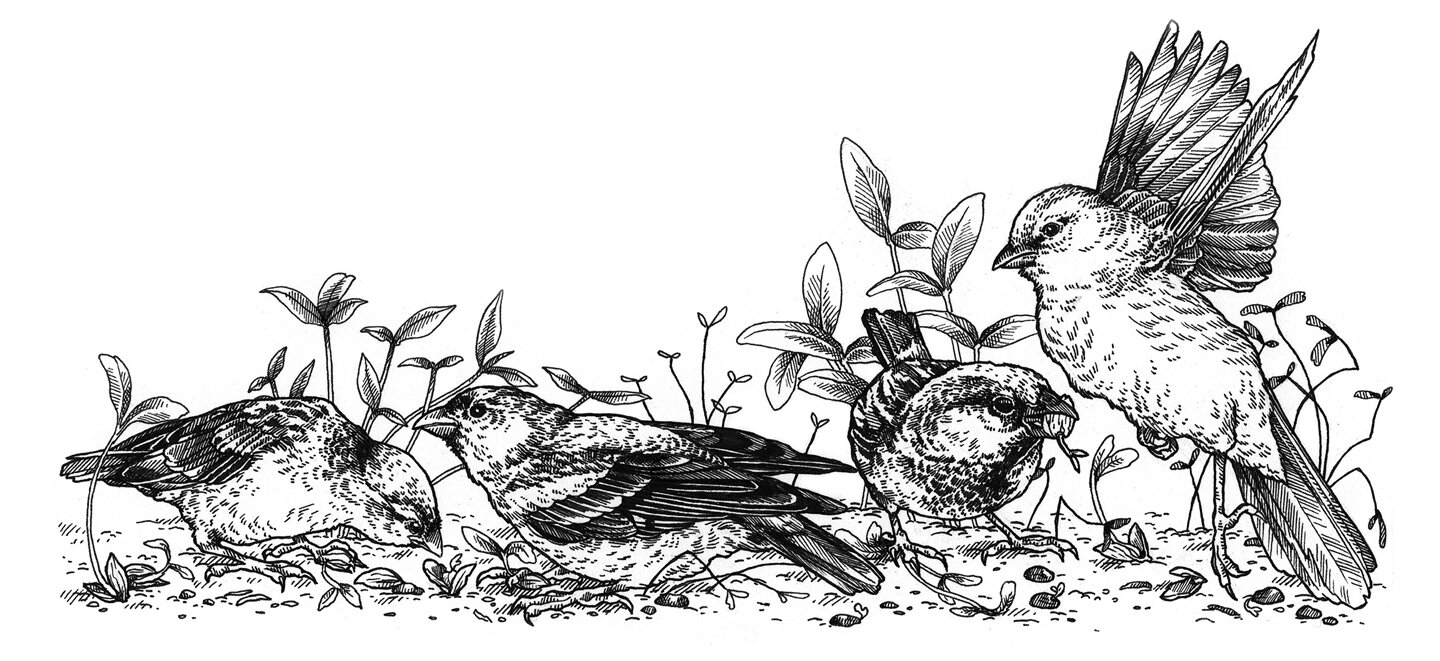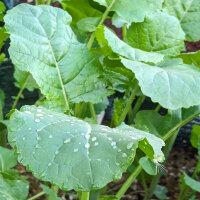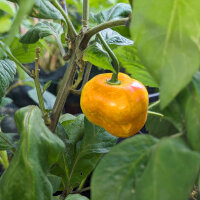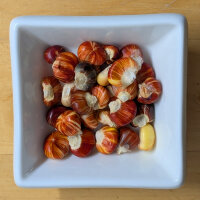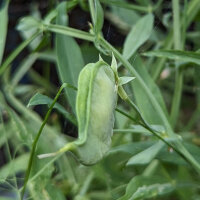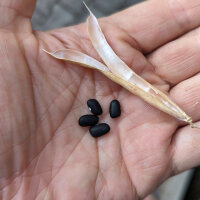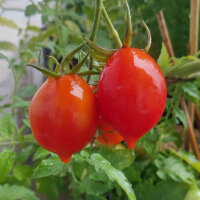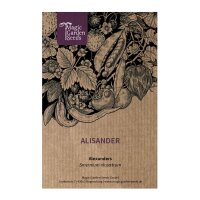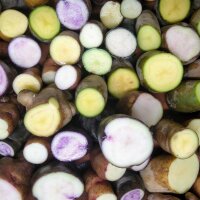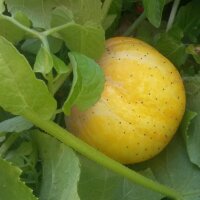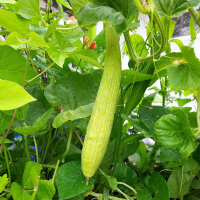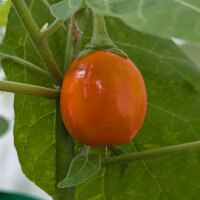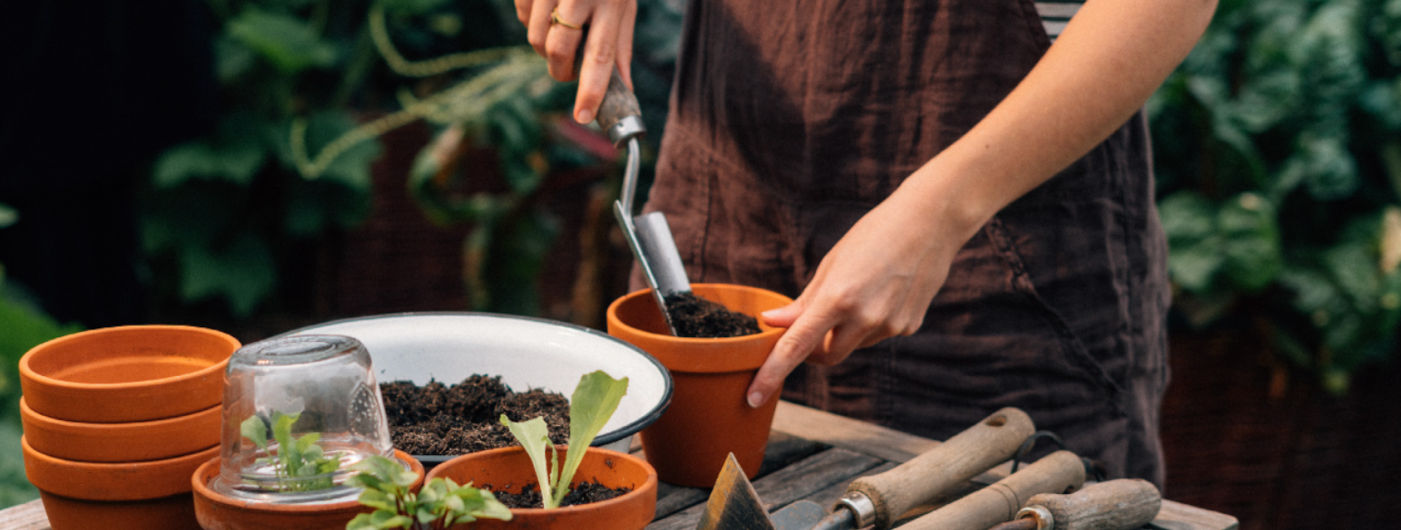¿Cuánto tiempo se conservan las semillas?
Las consultas más frecuentes que recibimos sobre el tema de las semillas giran en torno a la cuestión de la capacidad germinativa de las semillas.
¿Cuánto tiempo se conservan las semillas? ¿Qué ocurre cuando envejecen? ¿Cuándo debo separar y sustituir las semillas?
Las semillas comerciales deben tener una capacidad germinativa de al menos el 50%.
Por lo tanto, la mitad de las semillas del sobre deben germinar si se siembran correctamente.
We regularly test our seed for viability by carrying out germination tests. This quality control means we can guarantee that our seed at least meets the specified germination rate.
In fact most of our seeds have germination rates of 80-98% at the time of packing: our aim is to ensure that our customers are satisfied and enjoy an easy and successful sowing experience.
Seeds don’t have a best before date. Depending on the plant variety seeds can remain viable for anything from a few months to many decades.
How can you tell how long your seeds will last from our seed packets?
We do of course know how long specific varieties will remain viable in optimum conditions. This is why we decided to voluntarily provide a “best before” date on our seed packets midway through 2023.

All our seed packets produced since then have a best before date printed on the packet flap (the exact printed text is: Aussaat bis: / Best before:).
This date indicates when the germination rate of the seeds in the packet will probably fall below 50%.
Even when the best before date has passed you can still carry out your own germination test – probably quite a number of seeds will still germinate, there might just be fewer than before and they might not be so vigorous.
Some older seed packets, produced before mid-2023, are naturally still in circulation. We can’t just throw these packets away: the seed they contain is still perfectly good to use in every case.
Here, by way of illustration, are a few examples of how long seeds remain viable when they are properly stored:
-
5-10 years: tomatoes, aubergines, artichokes, cucumbers and many brassicas.
-
3-5 years: squashes, beetroot, peas, beans, chard, spinach, carrots.
-
2-3 years: fennel, dill, coriander, parsley, parsnip, some kinds of onion.
-
under 2 years: many tropical plants like coffee, scorzonera, some onion-type plants like chives.
The date printed on the back of our older seed packets is the packing date (the printed text is: 'abgefüllt am:').
Before mid-2023 our policy had been not to give a best before date because seed viability can vary so widely from plant to plant, as well as being dependent on external factors like storage.
These external factors are beyond our influence and control as soon as the seed has left our premises.

What can you do to assist germination?
-
Buy only as much seed as you need for each year – then you will always have fresh seed.
-
Store your seed ideally in a place that’s dark and dry with moderate temperatures.
-
When sowing your seed follow the instructions on the packet. Many seeds need exposure to light, for example, or very warm conditions, or even an extended cold period, to trigger germination.
-
Before throwing away your seed do try a germination test. We’ve described how to do the test here.

